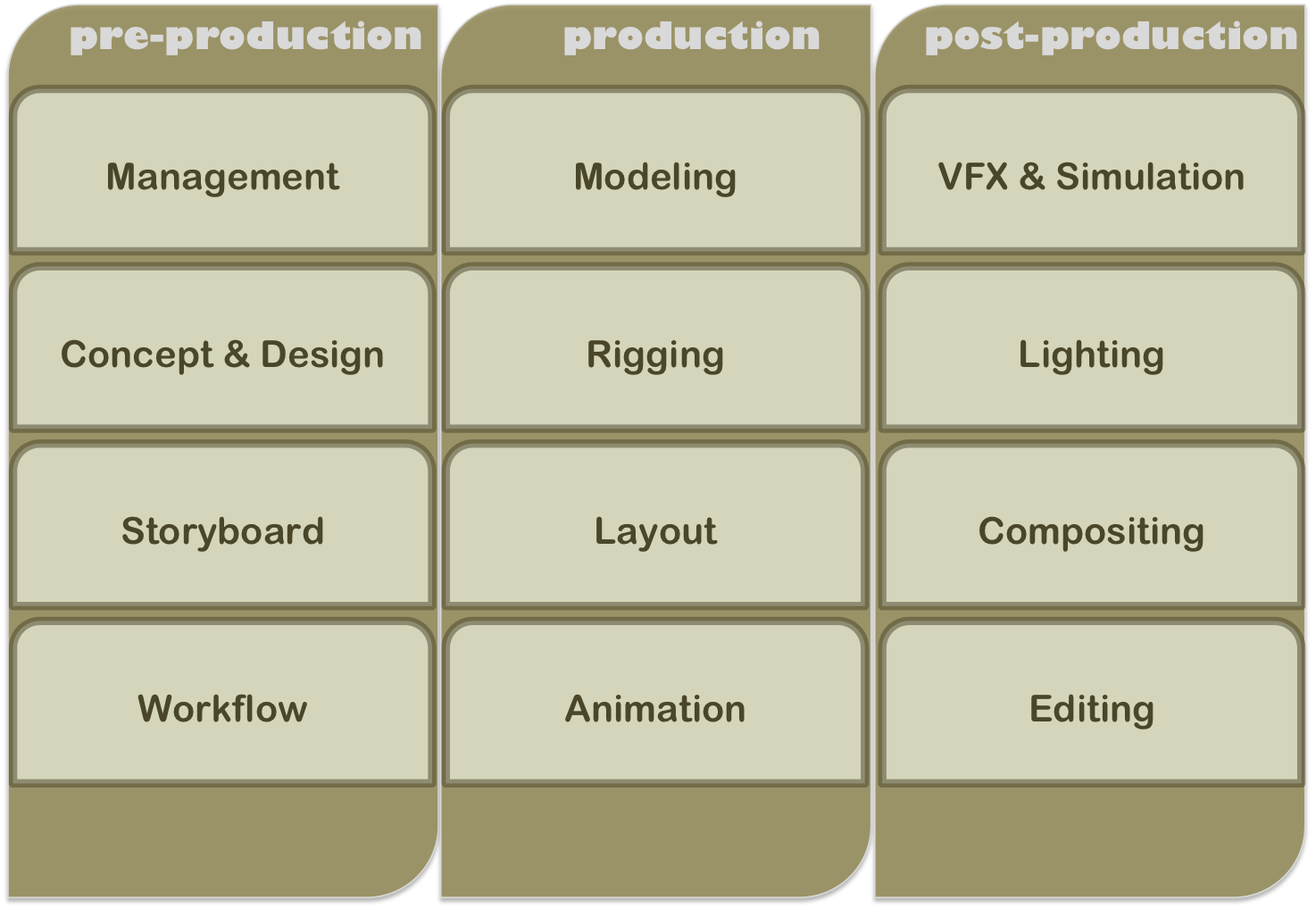To me, game play is simply the way in which a player interacts with a game. However this doesn't mean interacting souly with the interface or the narrative plot. The interaction is also enabled due to a combination of design encompassing controls, in game music spurting out atmosphere to compliment the visuals, and the abilities and motivational mechanics in game. The best outcome for a game is if the player becomes addicted to it, through for example the way in which rewards are set-up, systems feel and work, levels are designed and integrated, the overall experience attainable through playing.
The kind of game play enabled through computer games isn't to far from the kind achievable in traditional board games, except in board games you sometimes have to imagine the visuals and atmosphere. However, the level in which you are emerged in playing the game, the way you interact to change the games outcome and the way in which you receive that rewarding feeling from the game is identical.

The single person who is responsible for the executed product would be the game designer, due to the fact the every other team is emulating the specifications found in the design document. However, the game designers work only starts the ball rolling as there are so many individuals responsible for equally important parts of the final product and the game is never entirely to the original vision of the game designer anyway. Other directors of departments also have their own influence on important decisions, the restraints of programming and the art direction. The Lead Programmer, Art director, level designer, user interface designer and audio team report back to the game designer so it is essential for him to provide communication, direction, and time management between the teams surrounding him, which undoubtedly makes the game designer the stem of the whole process.The game designer documents the style, feel and prototype vision of the game. Explaining the core game mechanics intrinsic to that particular game. He sets the rules and defines the specifications. Game design is a pre-production process, it is the first stop. These documents will be developed into a small demonstration and pitched to their publishers and producers.

All games are based on the same mechanical principles. What is the purpose, in what form will the player be rewarded through playing. Is there an element of competition or skill required, what excites the player, where is the fun? As a game designer you need to be observant to the world, and experiences. You must analyse what makes an experience enjoyable and to know what makes an experience un-enjoyable is also incredibly important. You can learn a lot from games that have got downfalls and are deemed poor, more so than games that have executed everything correctly, which rarely happens. It is easier to pin point what has gone wrong in almost every game you have played, when something feels un-natural, frustrating, or down right illogical. Which is why games testers are needed to work out the kinks in the game before finalizing, having a fresh pair of eyes to review the game is always useful. Game play is about experiences and good memories that will keep you buying those games time and time again. However, sometimes the next game in a series will disappointingly never be made as every element of a games creation is restricted by money. The budget puts a lot of restraint on a game designer and keeps innovation in a tight hold. Publishers often don’t want to hear about “new ideas” as costs to produce have increased publishers aren't willing to risk their big bucks on untested designs. This means research must be done before any game designer can commit to paper their plans. In order to sway the publishing company into paying for the developers lunch and home bills whilst they produce the product promised that will earn back the money for the publisher, game designers must look back to successful designs, this means a lot of game design traits are being re-used and were seeing a lot of similar games crowding the market trying to one up one another.
This trend cant last long. As graphics are reaching a pinnacle, people are becoming less impressed by the look and same formulas they've seen time and time again. People will hopefully start to look to game designers to innovate, to bring back the charm of a finely crafted experience instead of a repeated one.
What makes a good game is a good design document, that has a clearly defined goal for the game, and plays as intended. Focusing on fun. Focusing on escape. Focusing on rewarding the player. What makes a good designer is someone who has lived and experienced all the enjoyable things in life, and understands just what is it that makes something fun, someone who observes and analyses, and most of all someone who can get the job done to standard, and is willing to sacrifice their designs for the deadline. They must never be too attached to their designs and they must be willing to seek criticism and tie together other peoples views.

'Limbo' - Developed by PlayDead
My favorite games are normally indie games and revolve around the abnormal and the surreal, as I find these games incorporate less of an intense story and are a lot easier to delve and escape into, they seem more memorable and defined to me, most games that tend to populate the market these days follow the same paths as others. A lot of indie games iv played are full of atmosphere, and tied in an simple yet enjoyable way to progress through the game.
No comments:
Post a Comment